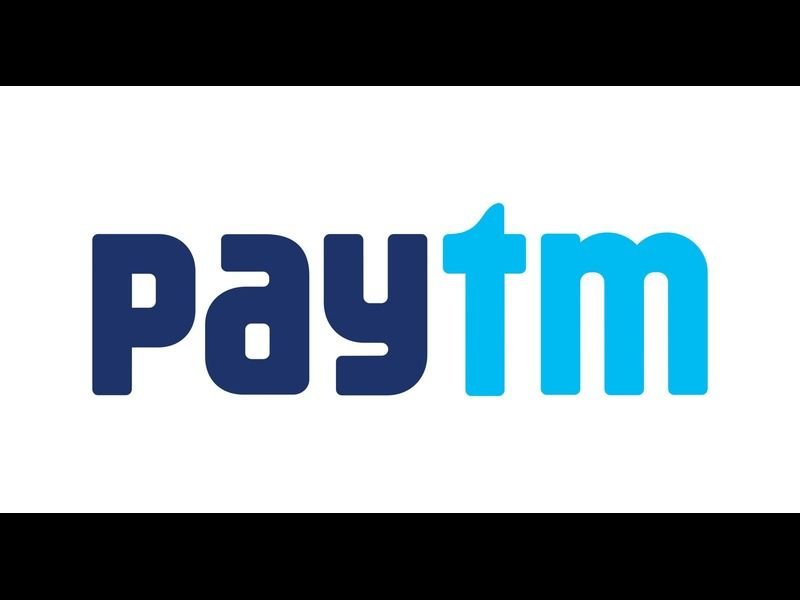Paytm and Axis Bank Partnership
Paytm, India’s leading digital payments platform, and Axis Bank, one of the largest private sector banks in the country, are set to apply this week for the third-party application provider (TPAP) route for Unified Payments Interface (UPI), according to a report by Moneycontrol. The joint application will be submitted to the National Payments Corporation of India (NPCI), the umbrella organisation that regulates and facilitates UPI transactions in India.
RBI Restrictions on Paytm Payments Bank
The move comes after the Reserve Bank of India (RBI) imposed several restrictions on Paytm Payments Bank Limited (PPBL), Paytm’s banking arm, over ‘persistent non-compliance’ with regulatory norms. PPBL was barred from onboarding new customers and processing UPI transactions beyond March 15, 2024. This forced Paytm to seek partnerships with external banks to continue its UPI business, which has an estimated user base of 90 million.
Potential Partners: Other Banks in Talks with Paytm
Paytm is also in talks with other banks such as HDFC Bank, ICICI Bank, Canara Bank, and Yes Bank for possible collaborations, but none of them have been finalised yet. Axis Bank, on the other hand, already serves as a key payment provider for major UPI players such as Amazon Pay, Cred, Google Pay, and PhonePe.
Benefits of TPAP Route: Seamless and Secure UPI Services
The TPAP route will allow Paytm to operate as a third-party app for UPI, without relying on its own payments bank. This will enable Paytm to offer seamless and secure UPI services to its customers and merchants, while complying with the RBI’s regulations. The TPAP route will also benefit Axis Bank, as it will increase its UPI transaction volume and revenue share.
UPI Growth in India: A Fast and Convenient Way of Transferring Money
UPI is a fast and convenient way of transferring money online using a virtual payment address (VPA) or a mobile number. UPI transactions have grown exponentially in India, reaching 3.6 billion in January 2024, up from 2.3 billion in January 2023.
Recent Blog : Rubber Import Duty Remains Unchanged, Confirms Official
